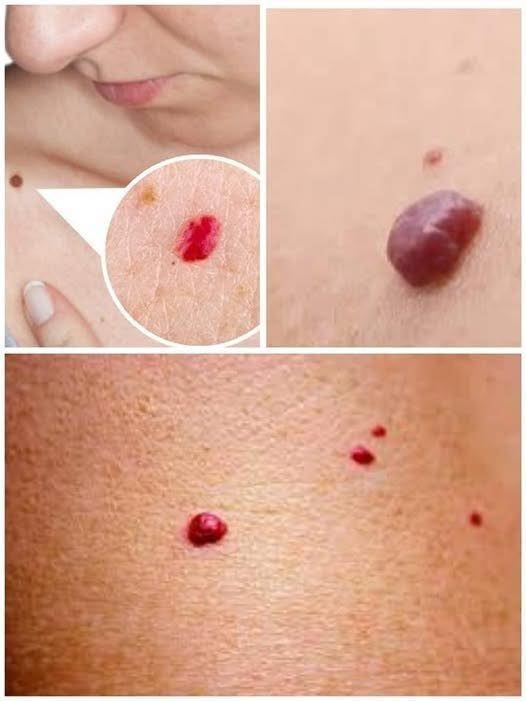ADVERTISEMENT
#### **4. Red Moles and Diabetes**
There is some evidence to suggest that people with diabetes may be more likely to develop red moles. High blood sugar levels can cause changes in the blood vessels, which may contribute to the appearance of cherry angiomas. If you have diabetes and notice an increase in red moles, it may be a good idea to monitor your blood sugar levels and discuss any changes with your doctor.
#### **5. Autoimmune Conditions and Red Moles**
Autoimmune diseases, such as lupus or rheumatoid arthritis, can affect the blood vessels and lead to the development of red moles. If you have an autoimmune condition and are experiencing an increase in the number of cherry angiomas, it is important to consult your doctor to ensure that your condition is well-managed.
### **When to Seek Medical Advice**
Although red moles are typically harmless, there are certain instances when it is important to seek medical advice. You should consult with a healthcare provider if:
– The red mole changes in size, shape, or color.
– The mole starts to bleed or crust over.
– You notice an increase in the number of red moles.
– The mole becomes painful or inflamed.
– You have a history of liver disease, diabetes, or autoimmune conditions, and you notice a sudden change in your moles.
In most cases, cherry angiomas are benign and do not require treatment. However, if you find that the appearance of red moles is causing you concern, a healthcare provider or dermatologist can offer reassurance, a diagnosis, or potential treatment options.
### **Treatment Options for Red Moles**
If you find that your red moles are bothersome, there are a few treatment options available. However, it is important to remember that most cherry angiomas are harmless, and treatment is generally not necessary unless the mole is causing discomfort or embarrassment.
#### **1. Cryotherapy**
Cryotherapy is a treatment that involves freezing the mole with liquid nitrogen. This can cause the blood vessels in the mole to shrink and the mole to fall off. Cryotherapy is typically used for smaller red moles.
#### **2. Electrosurgery**
Electrosurgery involves using a high-frequency electrical current to remove the mole. This technique can be effective for larger or more persistent cherry angiomas.
#### **3. Laser Treatment**
Laser treatment uses focused light to target the blood vessels within the mole, causing them to collapse and the mole to disappear. Laser treatment is a non-invasive option that can be used to remove red moles without leaving a scar.
#### **4. Excision**
In some cases, a healthcare provider may choose to excise the mole using a scalpel. This is usually reserved for larger moles or when other treatments have not been effective.
### **Conclusion**
Red moles, or cherry angiomas, are common and typically harmless skin growths caused by clusters of blood vessels near the surface of the skin. While these moles can appear as a natural part of the aging process, they may also be linked to underlying health conditions such as hormonal changes, liver disease, or diabetes. It is important to monitor the appearance of your red moles and consult with a healthcare provider if you notice any changes or have concerns.
Remember, red moles alone are usually not a cause for alarm, but they can provide valuable insights into your body’s health. By staying informed and proactive about your health, you can ensure that you’re taking the best possible care of yourself and addressing any potential issues early on.
